MyungBo Inc - Lotte Avenuel Branch [Tax Refund Shop] (명보아이앤씨 에비뉴엘)
1.0Km 2024-06-27
73, Namdaemun-ro, Jung-gu, Seoul
-
Toxnfill Clinic - Myeong-dong Branch [Tax Refund Shop] (톡스앤필의원 명동점)
1.0Km 2024-06-27
84, Namdaemun-ro, Jung-gu, Seoul
-
Metro Hotel (메트로호텔)
1.0Km 2021-05-11
14, Myeongdong 9ga-gil, Jung-gu, Seoul
+82-2-752-1112
Metro Hotel is located in the heart of Seoul situated in the middle of Myeongdong. The hotel has a title of being the first tourist hotel in Korea and boasts over 50 years of tradition.
Uesto (우에스토)
1.0Km 2021-08-23
14, Myeongdong 9ga-gil, Jung-gu, Seoul
+82-2-319-0033
It is a restaurant frequented by office workers in Myeong-dong. This Korean dishes restaurant is located in Jung-gu, Seoul. The representative menu is katsudon.
Lotte Department Store - Avenuel Branch (롯데백화점 (에비뉴엘))
1.0Km 2023-06-10
73, Namdaemun-ro, Jung-gu, Seoul
+82-2-771-2500
AVENUEL is a Lotte Department Store luxury-brand branch located in Seoul’s Gangbuk area. Brilliantly dressed in a “garden & gallery” concept and connected to the Lotte Department Store’s main building, AVENUEL offers a wide selection of imported fashion apparel, jewelry and accessories. Moreover, AVENUEL has been highly acclaimed for its extravagant interior design.
Famous designer brands Chanel, Gucci, and Louis Vuitton, just to name a few, reside on the first five floors of the department store, while floors six to eight house a large cinema. The ninth floor houses a gallery and a number of restaurants, with the tenth floor providing a skin care center and spa, proving that AVENUEL offers more than just the ordinary shopping experience.
Arirang (아리랑)
1.0Km 2021-03-29
23, Namdaemun-ro 7-gil, Jung-gu, Seoul
+82-2-752-1342
Arirang offers Korean cuisine with its articulate traditional interior and menus. Most menus are traditionally prepared, along with charcoal grill tables for visitors to cook their own meat. Menus consist of high-grade premium hanu (Korean beef) rib eye, charcoal grilled marinated beef ribs, hot-pot bibimbap, and more.
ILMIRI Gold Jjimdak Myeongdong (일미리금계찜닭 명동)
1.0Km 2024-03-11
40, Myeongdong 3-gil, Jung-gu, Seoul
+82-2-3789-0220
Located in front of Exit 5 of euljiro 1(il)-ga station, ILMIRI Gold Jjimdak is a restaurant specializing in jjimdak (braised chicken). Their signature dish is the cheese jjimdak (braised chicken and cheese) set menu, which is topped with plenty of mozzarella cheese. The set comes with egg rice (or scorched rice) and glass noodles. The steamed chicken, which has a sweet and not spicy flavor, comes in two varieties, boneless or bone-in, and is served with side dishes such as clear radish water kimchi and kimchi cabbage.
Luden Loquen SPACE (카페LN)
1.0Km 2019-11-26
5, Bukchon-ro 5na-gil, Jongno-gu, Seoul
+82-2-722-7597
Luden Loquen SPACE is a unique hanok cafe, located at the end of the alley where Bukchon Hanok Village starts. The cafe is not just an average café where you can drink tea or coffee but because of location and design it has an added sense of cultural value. Locals come to enjoy the best tea in town, brewed using high quality tea leaves with information on its origin attached. In addition to traditional drinks and sweets, the coffee shop offers a variety treats that combines Korean ingredients and modern desserts. The hanok building has been reinterpreted through a modern design.
Daeo Bookstore (대오서점)
1.0Km 2024-10-14
55 Jahamun-ro 7-gil, Jongno-gu, Seoul
Daeo Bookstore is the oldest bookstore in Seoul that has been maintained in one place since it opened in 1951. Recently, it has been refurbished as a cultural space with a cafe, where one can enjoy coffee, exhibitions, and performances while looking at the yard. Visitors who just want to browse can purchase a souvenir postcard set for admission. Taking a closer look at books that feel the years and objects that have traces of use, they appear to come rather new.
Ilbeonji Yang Daechang Myeongdong Branch (일번지양대창 명동)
1.0Km 2024-03-15
2F, 33 Myeongdong 9-gil, Jung-gu, Seoul
+82-2-773-3150
Ilbeonji Yang Daechang is a specialty restaurant for grilled beef or pork small intestines located on Myeongdong Street. Its main menu features various intestines of beef or pork, including large and small intestines, grilled in the Korean barbecue style. Additionally, they offer options like grilled beef and pork galbi, as well as small intestine hot pot.
![MyungBo Inc - Lotte Avenuel Branch [Tax Refund Shop] (명보아이앤씨 에비뉴엘)](http://tong.visitkorea.or.kr/cms/resource/62/3314562_image2_1.jpg)
![Toxnfill Clinic - Myeong-dong Branch [Tax Refund Shop] (톡스앤필의원 명동점)](http://tong.visitkorea.or.kr/cms/resource/51/3314551_image2_1.jpg)
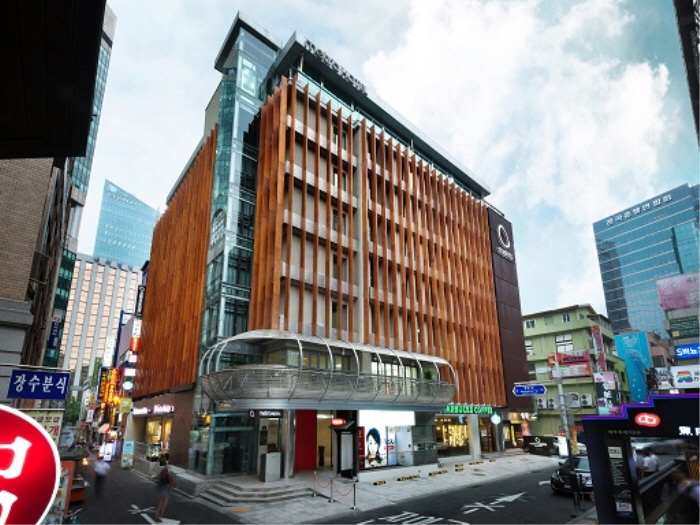
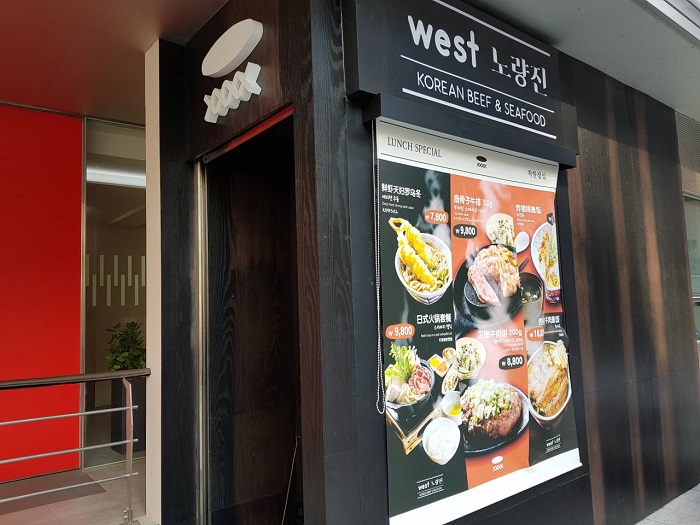
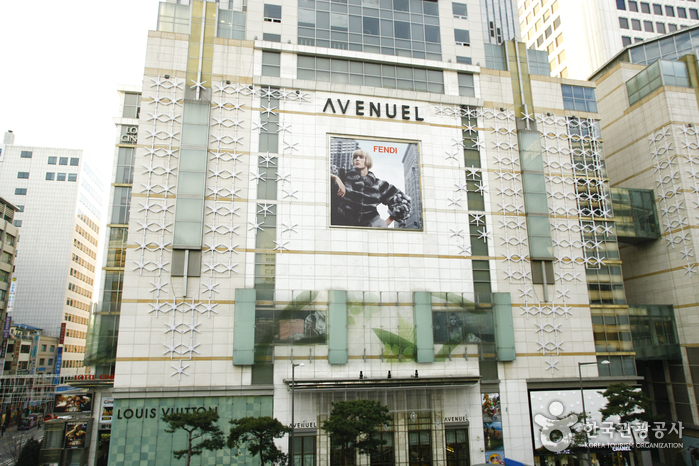
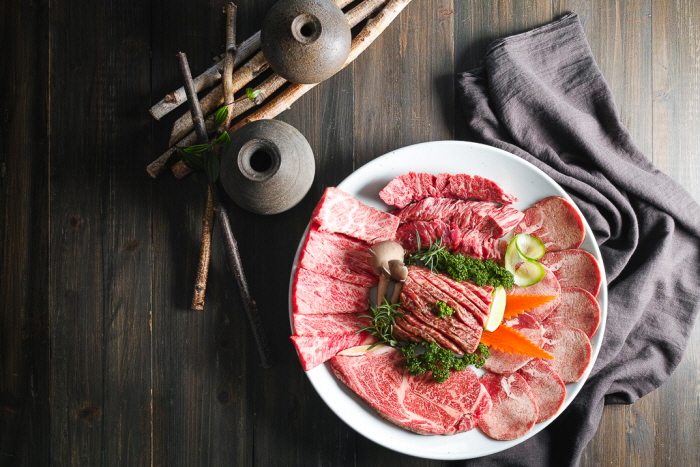

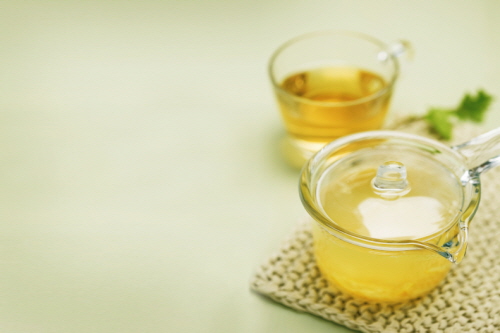
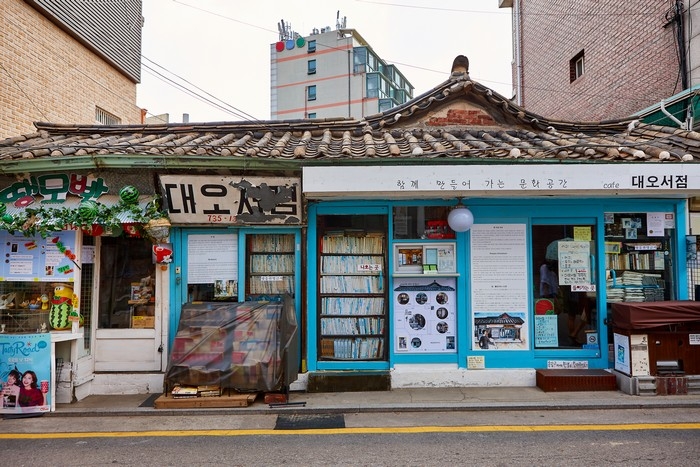
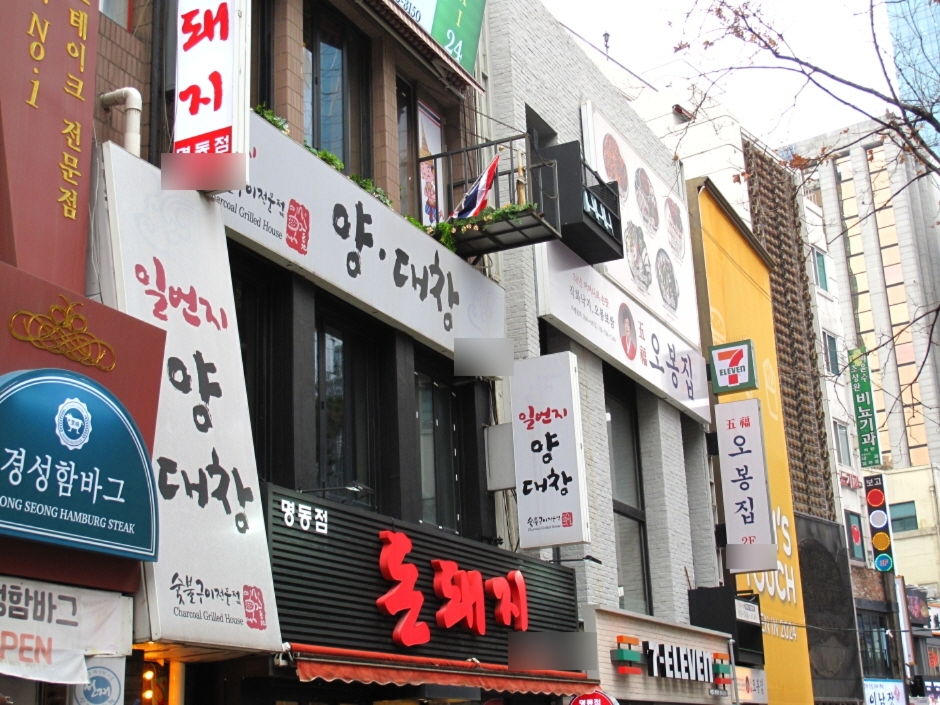
 English
English
 한국어
한국어 日本語
日本語 中文(简体)
中文(简体) Deutsch
Deutsch Français
Français Español
Español Русский
Русский